2014 Subaru Forester XT Vs 2013 Subaru BRZ

In 2003 Subaru finally brought a sporty version of the Forester to America. Dubbed the XT, this model came with a 210 hp 2.5-liter turbocharged four cylinder engine. What’s more, it could be had with a five-speed manual transmission and limited slip differential. At under 3,300 lbs., the Forester proved to be a seriously fun little compact crossover.
But things have changed since then. The Forester XT has grown larger, softer and has lost its manual transmission. Soldiering on with the same 224 hp engine, the XT became more of a mere engine upgrade than a special sport model. For 2014, Subaru hopes to bring the Forester XT back to its former glory. The Manufacturer claims to be putting the “sport” back into sport utility (even if it really is a crossover). Being a family vehicle designed for functionality, we were understandably sceptical.
A SPORTY COMPACT CROSSOVER?
Get the Flash Player to see this player.
Could the, tall, boxy Forester really be sporty? To find out, we needed a benchmark; a vehicle that personifies the “sport” in sports car. Luckily, there was no need to look any further than Subaru’s own model lineup, which contains the back-to-basics BRZ sports car. Since this little coupe is full of driver engaging fun, maybe it shouldn’t be that hard to believe that some of the BRZ’s DNA has seeped through into the Forester XT.
For starters, the BRZ and the Forester both use Subaru’s new 2.0-liter direct injection four-cylinder engine. It’s naturally aspirated in the BRZ and makes a respectable 200 hp and 151 lb-ft of torque. As always, the XT comes turbocharged and despite the engine shrinking by 20 percent, the new powerplant churns out 250 hp and 258 lb-ft of torque. Sadly, the new XT is still only available with an automatic, but the four-speed has been replaced, for better or worse, by a continuously variable transmission (CVT). There are paddle shifters that allow the driver to change eight pre-set gears simulations, but this is as useful as airfoils on a combine tractor.
TUUUURBO POOOOWER!
Even with the 3,600-lb XT being a bit of a porker, it can outrun the lighter BRZ in a straight line. With a 0-60 mph time of 6.2 seconds, the XT is the fastest non-premium compact crossover on the market. The engine pulls hard thanks to minimal turbo-lag and a ton of torque at low rpms. The CVT keeps the engine at high rpms where it thrashes away under hard throttle applications, producing a noise that becomes tiresome, quickly. The turbo does, however, make a welcome audible whistle while spooling up to remind the driver of what lurks under the hood.
Unfortunately, the more we drove the turbocharged Forester the more we thought about how awesome this engine would be in the BRZ. Destined for the next generation WRX, this little flat-four would give the BRZ a serious kick in the pants and alleviate complaints that it wants for power.
See Also: 2014 Subaru Forester XT Review – Video
The BRZ already has all the right parts otherwise. Summer tires, rear wheel drive, a limited slip differential, sport bucket seats, a well-balanced chassis and a low center of gravity are all present and accounted for. The Forester on the other hand is missing all of these items.
HOLY MOLY, ROLLY POLLY
There are no grippy well-bolstered sports seats in the Forester XT. In fact, the leather-clad offerings are more like a slip-n-slide. Hard cornering produced a terrifying feeling that we were going to slide right out the window. Thankfully, the fall wouldn’t be that far as the “sport tuned” suspension allows an awful lot of body roll. But just as the Forester feels ready to perform a half-hearted barrel roll, the 225/55R18 tires give up grip, allowing the XT to plow off into the sunset.
Are we being a bit harsh? Maybe. We never expected the XT to be as good as the BRZ, but we thought at least some of the BRZ’s sporty characteristics would make it to the big family box. And it isn’t just the fact that the Forester doesn’t have any of the BRZ’s great sporting traits, like other worldly steering feel or agility; the XT isn’t even one of the sportiest compact crossovers on the market today. Our long-term Mazda CX-5 Grand Touring feels far more responsive and athletic than the Subaru as did the last Ford Escape 2.0T we reviewed.
See Also: 2013-2014 Compact Crossover Shootout
Unlike other compact CUVs that try to be sporty and miss the mark, like the hard-riding Toyota RAV4, the Forester’s non-sporty suspension pays off in the form of ride comfort. The XT swallows up most bumps and road imperfections without drama. Plus, it can put the power down on roads that aren’t race track smooth, or covered in snow thanks to a special X-Mode that’s designed to deliver superior traction on low traction surfaces.
THE RESULTS
Compare Specs
| Vehicle | 2014 Subaru Forester XT | Advantage | 2013 Subaru BRZ |
|---|---|---|---|
| Engine | 2.0 L Turbocharged Flat-4 | - | 2.0 L Flat-4 |
| Horsepower | 250 hp | Forester | 200 hp |
| Max. Torque | 258 lb-ft | Forester | 151 lb-ft |
| Transmission | CVT | BRZ | 6-Speed Manual |
| Fuel Economy | 23 MPG city / 28 MPG hwy | - | 22 MPG city / 30 MPG hwy |
| Weight | 3,622 lbs. | BRZ | 2,776 lbs. |
| Lap Time | 1:30.9 | BRZ | 1:26.8 |
| Tires | 225/55R18 | - | 215/45R17 |
| Rear Cargo Capacity | 34.4 cu. ft. | Forester | 6.9 cu. ft. |
| Starting Price | $28,820 | BRZ | $26,290 |
| As Tested Price | $33,820 | BRZ | $28,265 |
| Max cornering | 0.97g | BRZ | 1.35g |
| Max braking | 0.69g | BRZ | 0.98g |
| Max speed | 93.3 mph | BRZ | 96 mph |
To quantify our intuition we took both models to the track to see what sort of lap time they could put down. Crossing the line with a time of 1:30.9, the Forester XT was just over four seconds slower than the BRZ. Nevertheless, with far more power under the hood, the XT did beat the Mazda CX-5 by over five seconds and the Toyota RAV4 by 6.6 seconds. (Apparently we’re developing a bad habit of track testing crossovers).
THE VERDICT
Pricing for the 2014 Forester XT starts at $28,820 while our full loaded Touring model that came equipped with options like Eyesight and adaptive cruise control, came in at $33,820 after destination charges. Able to achieve 23 mpg city and 28 mpg highway, the 2014 Forester XT won’t hurt your wallet too hard at the pumps either. But when it comes down to it, the Forester XT remains little more than an engine upgrade as opposed to a full-blown sporty special. At least it is one hell of an engine.
2014 Subaru Forester XT, 2013 Subaru BRZ
LOVE IT
- Engine power
- Space
- Comfort
- Technology
- Steering
- Handling
- Responsiveness
- Seats
LEAVE IT
- Handling
- CVT only
- Unsupportive seats
- Tires
- Engine power
- Interior materials
- Rear seat space

A 20+ year industry veteran, Mike rejoins the AutoGuide team as the Managing Editor. He started his career at a young age working at dealerships, car rentals, and used car advertisers. He then found his true passion, automotive writing. After contributing to multiple websites for several years, he spent the next six years working at the head office of an automotive OEM, before returning back to the field he loves. He is a member of the Automobile Journalists Association of Canada (AJAC), and Midwest Automotive Media Association (MAMA). He's the recipient of a feature writing of the year award and multiple video of the year awards.
More by Mike Schlee
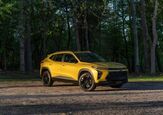

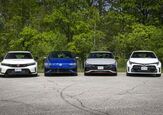

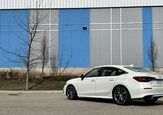
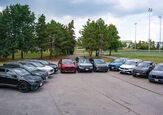
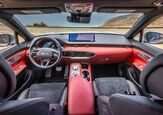
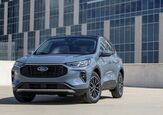
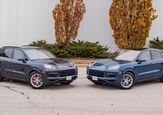
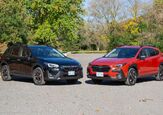

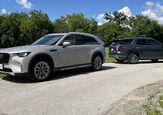
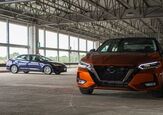
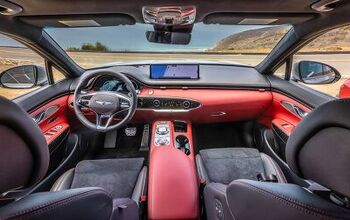
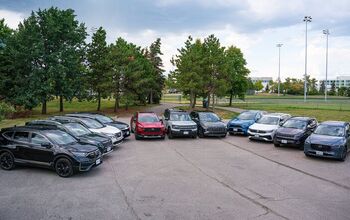
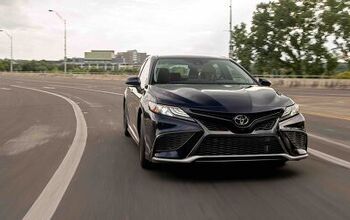
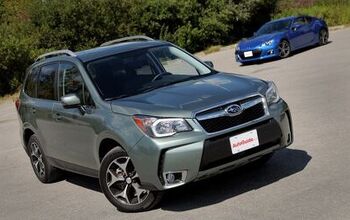
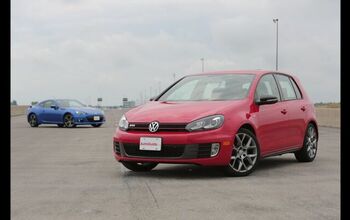
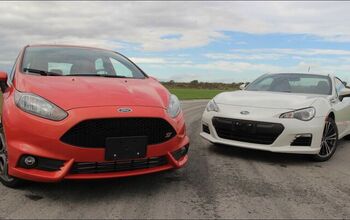
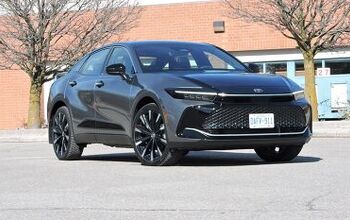
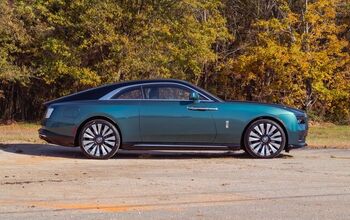


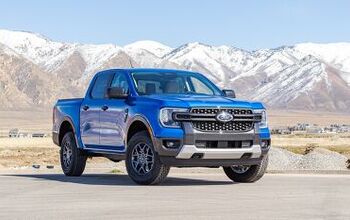
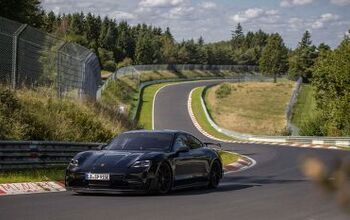
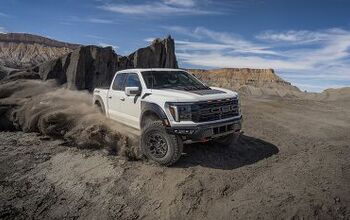
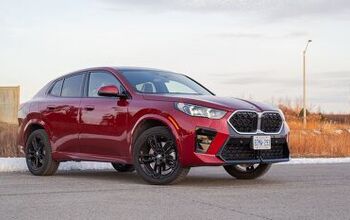
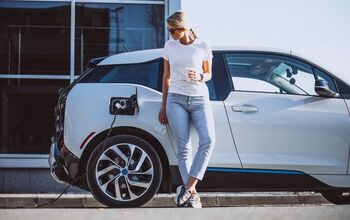
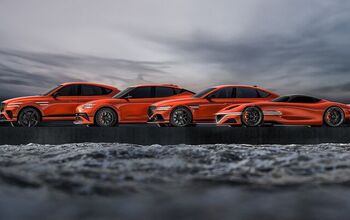
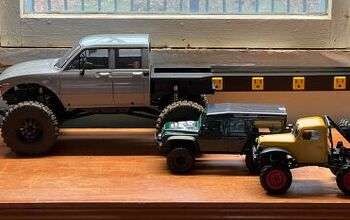

Comments
Join the conversation